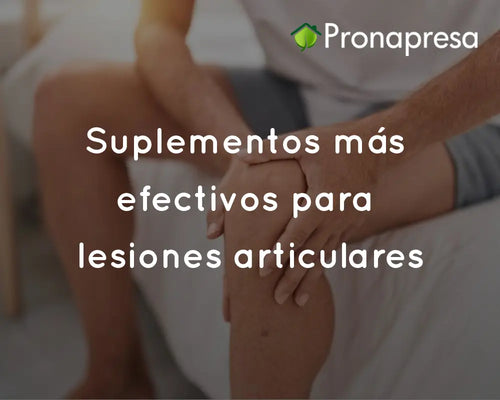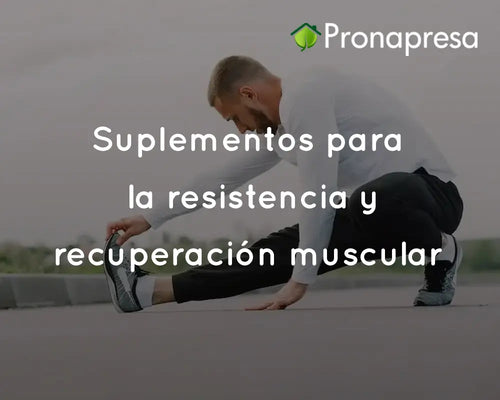
But What happens if we stop walking on autopilot and start challenging our brains and bodies by walking backwards?
It is not just a change of direction that demands more attention, it can also provide additional health benefits.
Physical activity doesn't have to be complicated.
Whether you're normally active or not, a daily walk can provide a host of health benefits and can count toward the World Health Organization's recommendation of at least 150 minutes of aerobic activity per week.
Still, walking is more complicated than many of us think.
Stand tall requires coordination between our visual, vestivular systems (sensations linked to movements such as spinning, turning around, or moving quickly) and proprioceptive (the awareness of where our bodies are in space).
When we walk backwards, Our brains take longer to process the additional demands of coordinating these systems . However, this increased level of challenge brings with it greater health benefits.
One of the best-studied benefits of walking backwards is the Improves stability and balance . Practicing it can help us improve our normal (i.e., forward) gait, and when it comes to improving balance, it helps both healthy adults and those with knee osteoarthritis.
When walking backwards we take shorter and more frequent steps, which improves the endurance of the lower leg muscles and reduces the load on the joints .
This technique has even been used to identify and treat balance and walking speed in patients with neurological conditions or after chronic stroke.
Adding changes and walking uphill or downhill can also alter the range of motion of the joints and muscles, offering Pain relief for conditions such as plantar fasciitis , one of the most common causes of heel pain.
The postural changes created by walking backwards cause the muscles that support the lumbar spine are used more . This suggests that walking backward may be a particularly beneficial exercise for people with chronic lower back pain.
A change in the energy we spend
The benefits of changing direction are not only therapeutic: interest in backward movement has led researchers to discover other benefits.
While walking normally may help us maintain a healthy weight , doing it backwards can be even more effective.
Energy expenditure with this shift is almost 40% greater than walking forward at the same speed: 6.0 Mets versus 4.3 Mets (a metabolic equivalent, Met, is the amount of oxygen consumed while sitting at rest).
One study showed reductions in body fat for women who completed a six-week backward walking or running training program.
When we have confidence in moving backward, forward and start running like this, we can further increase the demands .
Although often studied as a rehabilitation tool, running backward increases the strength of the muscles that are crucial for straightening the knee, which not only translates to the injury prevention, but also to our ability to generate power and athletic performance .
Running backwards steadily It reduces the energy we expend when running forward . These improvements are even beneficial for experienced runners who already have a technique for running more energy-efficiently.
If walking backward becomes too easy and you have limited space to practice this while running, another way to increase the difficulty is to start dragging weights.
Increasing the overall load increases the use of the knee extensor muscles while simultaneously places great demands on the heart and lungs in a short space of time .
How to get started
When walking backwards, we are more likely to miss obstacles and hazards that we could bump into or fall into, so for the sake of safety, it is better to start in indoor spaces , where you know you won't bump into anything or anyone, or do it in an open, flat space.
Resist the temptation to twist your body and look over your shoulder. Keep your head and chest up as you stretch your big toe back for each step, rolling your foot from toe to heel.
Once you have more confidence, you can speed things up and even transition to a treadmill , making sure to use the guide rails when necessary.
If you use weights, start light. Focus on multiple series instead of long distances and remember to maintain the integrity of your technique at a distance of no more than 20 meters to begin with.
PRONAPRESA
"Because prevention is better than cure"
Visit our online store https://pronapresa.com and find the best nutritional supplements, spa equipment, and appliances for your home or business at the best prices. Check it out !





















































